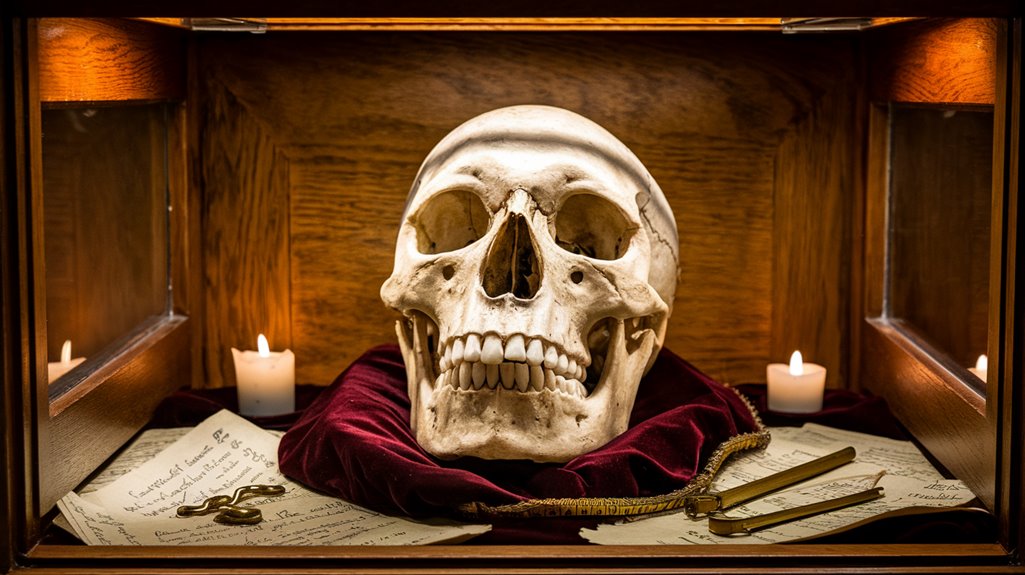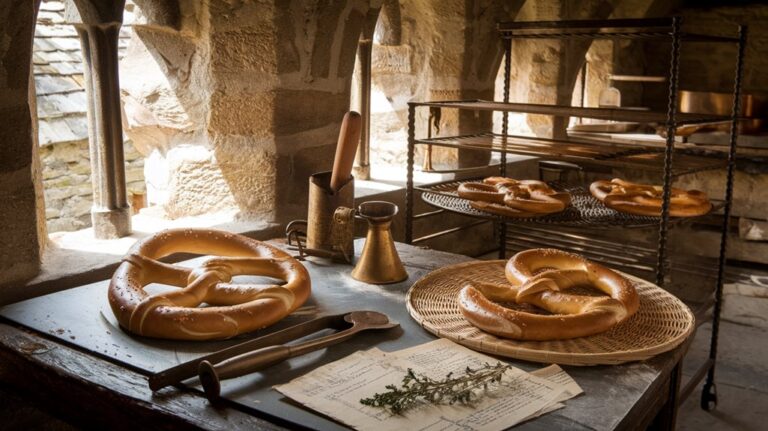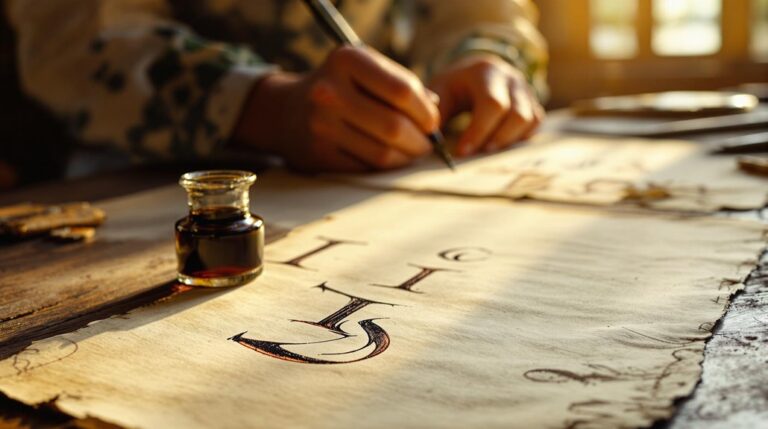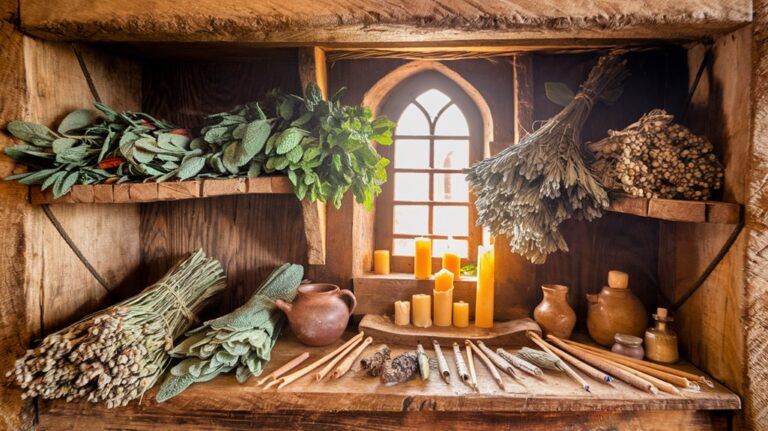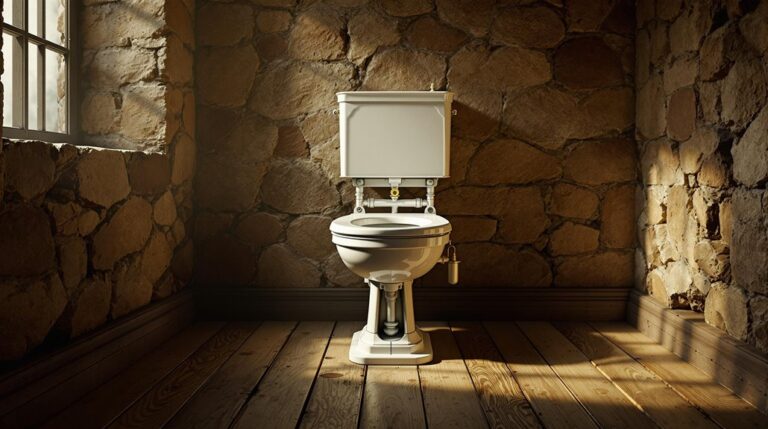Medieval Teeth: Shockingly Healthier Than You’d Expect
Like a well-preserved artifact challenging our assumptions, medieval teeth tell an unexpected story of health and resilience. You'd probably think that without modern dentistry, our ancestors suffered through endless toothaches and decay. Yet the evidence paints a different picture entirely. While you're brushing with fluoride toothpaste and visiting your dentist twice a year, medieval peasants maintained healthier smiles with just herbs and simple diets. It's time to uncover why your medieval counterparts might have had the last laugh.
The Surprising Truth About Medieval Dental Health
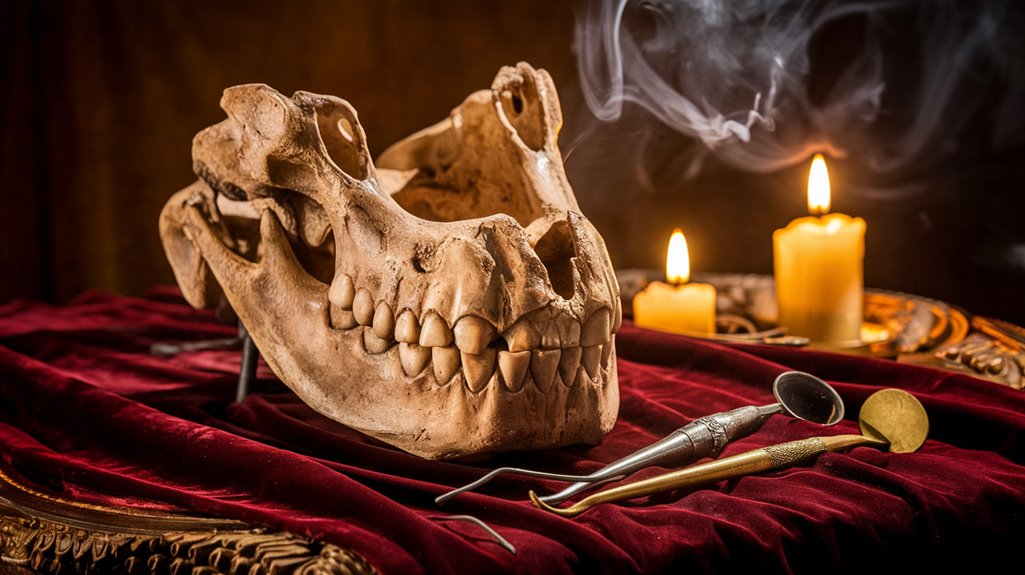
While you might assume medieval people had terrible teeth, the evidence tells a surprisingly different story.
Despite common dental misconceptions, only 20% of medieval teeth showed decay, compared to a staggering 90% in the early 20th century. You'd be amazed to learn that medieval Europeans maintained better oral health than many modern populations, even without today's advanced dental care.
Their success largely stemmed from their diet. Without refined sugar, their teeth weren't constantly under attack from decay-causing bacteria. They consumed calcium-rich dairy products and relied on simple foods like bread and porridge. Local barbers performed tooth extractions when dental problems did arise.
Archaeological studies show that despite having teeth covered in hardened calculus, medieval people maintained relatively good oral health.
While medieval remedies might seem peculiar today – using herbs, spices, and linen cloths for cleaning – they were surprisingly effective at maintaining oral hygiene and fresh breath.
Ancient Dental Care: Methods and Practices
Although today's dental care relies heavily on modern technology, ancient civilizations developed remarkably effective methods to maintain oral hygiene.
The Toothbrush Evolution began with simple wooden toothpicks used by Neanderthals and progressed to twig-brushes dipped in honey. You'd be surprised to learn that ancient people were quite resourceful with their Ancient Ingredients, using crushed charcoal, salt, and sage to create cleaning powders. The great physician Hippocrates recommended special cleaning powders for maintaining oral health.
During the Middle Ages, dental care suffered a major setback as barbers and blacksmiths became the primary dental practitioners. Romans took dental care seriously, practicing daily brushing with frayed sticks and using mouthwash – though you mightn't appreciate their choice of human urine as an ingredient.
They also performed tooth extractions and created dentures from bone and ivory. The Etruscans even mastered the art of dental bridges, while the Greeks and Egyptians contributed greatly to advancing dental practices through their innovative cleaning methods and tools.
Diet's Role in Medieval Oral Hygiene
Despite modern assumptions about poor medieval health, the diet of the Middle Ages actually promoted better dental health than today's sugar-laden foods. You'll find that medieval people consumed very little sugar, which considerably reduced their risk of cavities and tooth decay.
Their diet's composition was surprisingly beneficial: they ate plenty of calcium-rich dairy products and consumed a variety of fruits, vegetables, and grains.
While dietary influences varied by region and social status, cultural practices often determined what people ate and how they prepared their food. To maintain oral hygiene, people would clean their teeth using rough linen cloths. Many also chewed fresh herbs and spices to freshen their breath and maintain oral health.
The downside? Their tougher, grittier foods led to more tooth wear and enamel erosion over time.
However, when you compare their naturally balanced diet to our modern processed foods, you'll understand why medieval teeth were often healthier than ours, despite limited dental care.
Historical Myths vs. Archaeological Evidence
Modern misconceptions about medieval dental health often clash with archaeological findings. While you might think medieval people had universally poor oral hygiene, dental myths are being debunked by scientific evidence.
Archaeological findings from sites like Wharram Percy in Yorkshire reveal that medieval peasants actually had lower cavity rates than their 19th-century counterparts – 68% compared to 79%.
You'd be surprised to learn that medieval people weren't completely ignorant about dental care. They used natural ingredients like sage, charcoal, and pepper for oral hygiene. Their diet consisted mainly of grains and calcium, which supported better dental health.
Though their dental treatments were primitive by today's standards, with barbers performing tooth extractions without anesthesia, the absence of refined sugar in their diet contributed to better tooth health.
Most dental issues stemmed from wear due to gritty food rather than decay. Modern anthropologists use non-destructive methods to study these ancient teeth while preserving their cultural significance.
Modern Dental Health: A Step Backward?
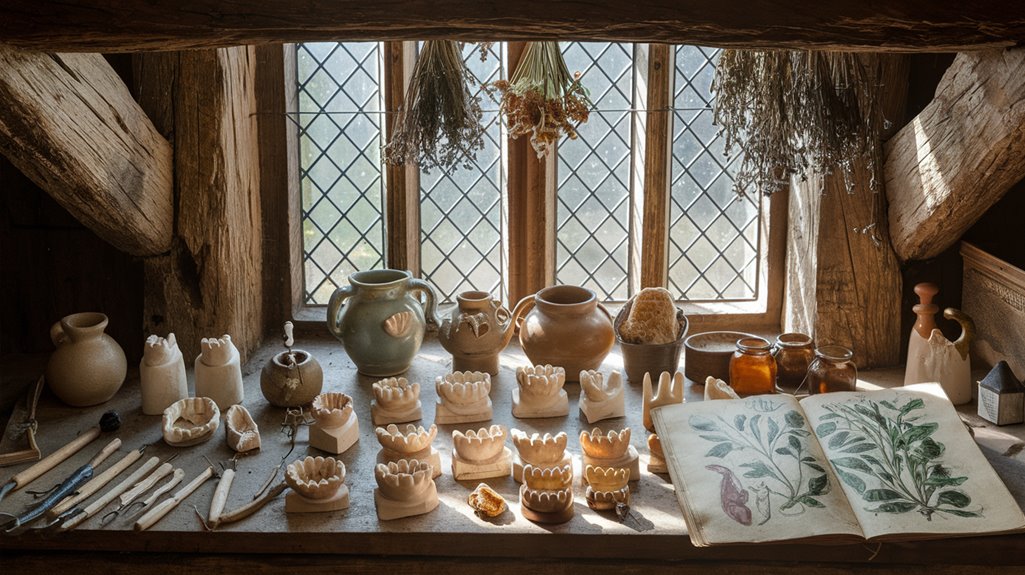
While our dental technology has advanced tremendously since medieval times, today's oral health statistics paint a concerning picture. Despite modern innovations, over a quarter of working-age adults have untreated tooth decay, and dental disparities persist across racial and economic lines.
You might be surprised to learn that 37% of young adults admit to skipping tooth brushing for multiple days, while only 65% of adults visit a dentist annually. Interestingly, medieval women engaged in extended breastfeeding practices that promoted better dental development in their children.
Treatment accessibility varies dramatically by region – Connecticut boasts a 76% dental visit rate, while Mississippi struggles at 54%.
Even more alarming, 40-50% of Americans over 30 suffer from periodontal disease, and by age 34, 80% have at least one cavity.
These statistics suggest that despite our advanced dental care, many Americans' oral health habits and access to treatment remain problematic. The pandemic's impact was particularly severe, with 198,000 dental offices forced to temporarily close their doors.

